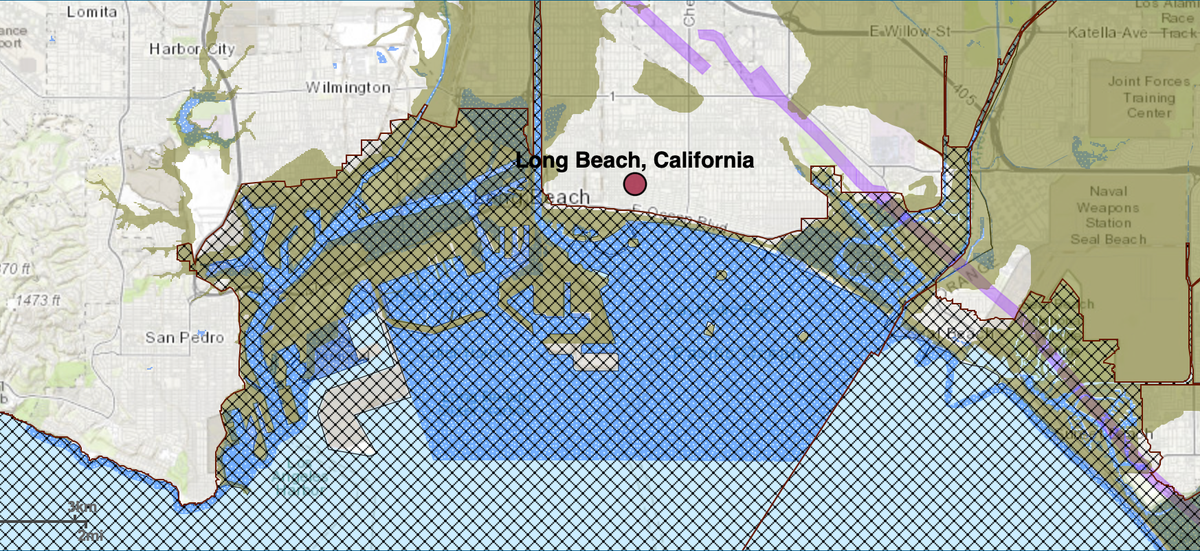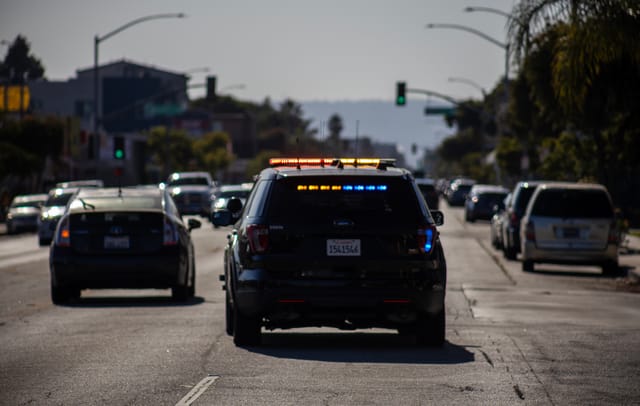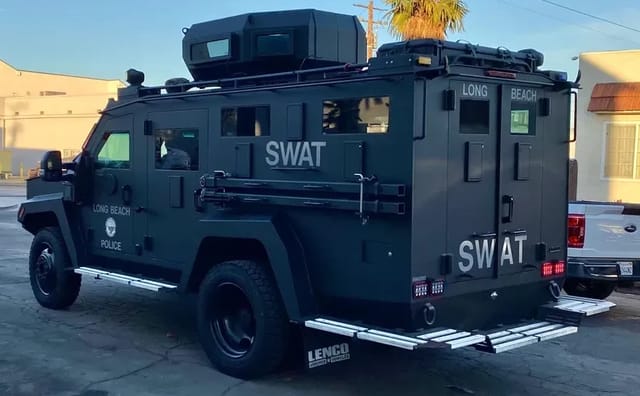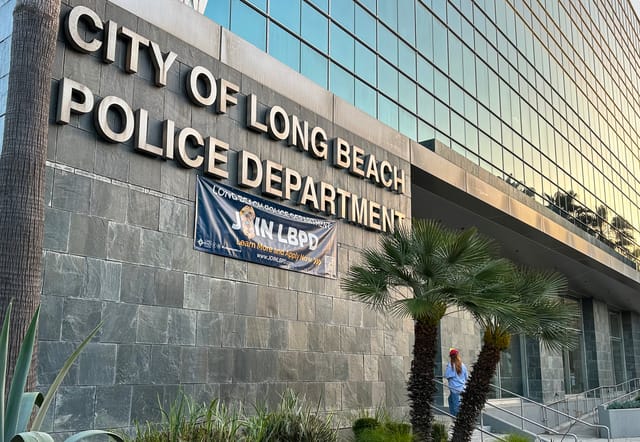Tsunami advisory issued for Long Beach following M8.8 earthquake in Russia
The tsunami waves are forecast to arrive locally around 1 a.m. Wednesday and be less than a foot in height above the tide line, according to federal officials.

Update: The National Weather Service canceled the tsunami advisory for California from the Mexican border to Rincon Point as of 5:19 a.m. Wednesday.
Original post below:
The entire California coast, including Long Beach, is under a tsunami advisory following a massive 8.8 magnitude earthquake in Russia, federal officials announced Tuesday night.
An advisory means a tsunami with the potential to generate strong currents or waves that are dangerous to those in or very near the water is expected or occurring, according to the National Weather Service. These tsunami waves may cause flooding of beach and harbor areas.
West coast of North America alert raised to a "Tsunami Advisory" (waves less than 3 feet expected). Follow official accounts like @NWS_NTWC and your state or county emergency management office for more info. #tsunami https://t.co/lGLULqnFXI
— Brian Olson 🥥🌴🗳️ (@mrbrianolson) July 30, 2025
Any tsunami waves are forecast to arrive locally around 1 a.m. Wednesday, officials with the National Oceanic and Atmospheric Administration (NOAA) said in an alert issued at 8:27 p.m.
Expected wave heights for Los Angeles Harbor are less than one foot above the tide line, according to NOAA officials.
The tsunami waves are expected to last about nine hours, according to NOAA officials.
Federal officials said anyone in tsunami hazard areas (the cross-hatched areas on the above map) should take the following precautions:
- Move out of the water, off the beach and away from harbors, marinas, breakwaters, bays and inlets;
- Be alert to and follow instructions from your local emergency officials because they may have more detailed or specific information for your location;
- If you feel a strong earthquake or extended ground rolling take immediate protective actions such as moving inland and/or uphill preferably by foot;
- Do not go to the shore to observe the tsunami waves;
- Do not return to the coast until local emergency officials indicate it is safe to do so;
- Boat operators, where time and conditions permit, should move their boat out to sea to a depth of at least 180 feet. If at sea, they should avoid entering shallow water, harbors, marinas, bays, and inlets to avoid floating and submerged debris and strong currents.
Officials with the Port of Long Beach, which lies in the tsunami hazard area, did not immediately respond to a request for comment.
“Tsunami waves cannot be surfed and are usually filled with debris and other hazards,” Reginald Harrison, the city's Director of Disaster Preparedness and Emergency Communications, said back in March during California Tsunami Week. “In the event of a tsunami, all members of the public, especially those near the coastline, should immediately follow the direction of public notices and first responders when ordered to move to higher ground and stay there until notified that it is safe to return to the area.”
The quake struck off the coast of Russia's Kamchatka peninsula with a preliminary magnitude of 8.8, according to NOAA officials.
Editor's note: This story has been updated with additional information from NOAA.
We need your support.
Subcribe to the Watchdog today.
The Long Beach Watchdog is owned by journalists, and paid for by readers like you. If independent, local reporting like the story you just read is important to you, support our work by becoming a subscriber.





